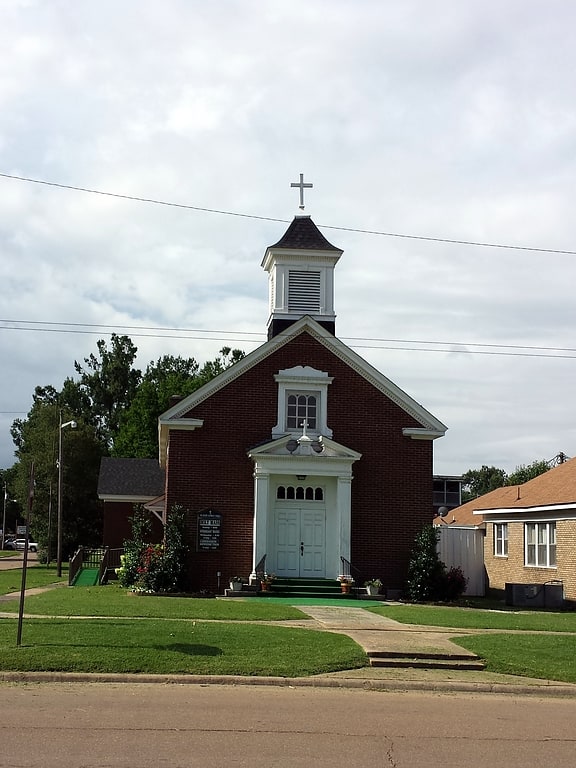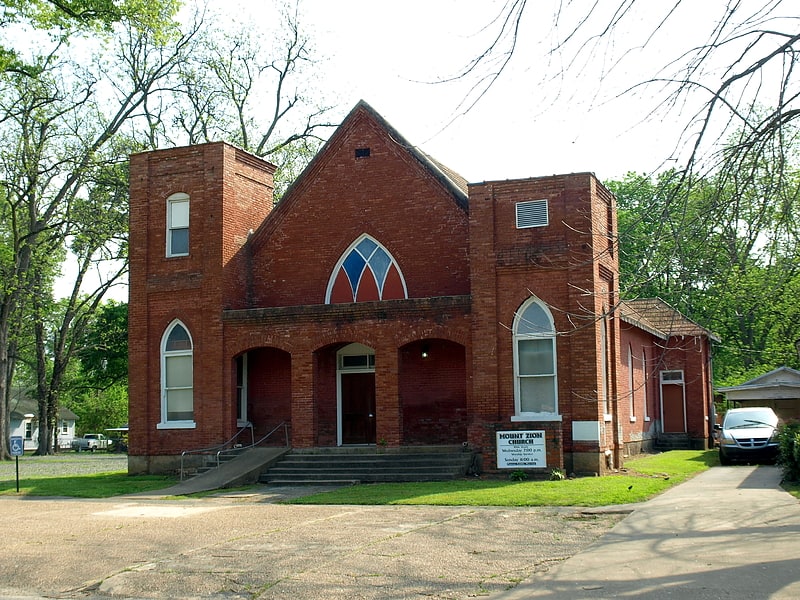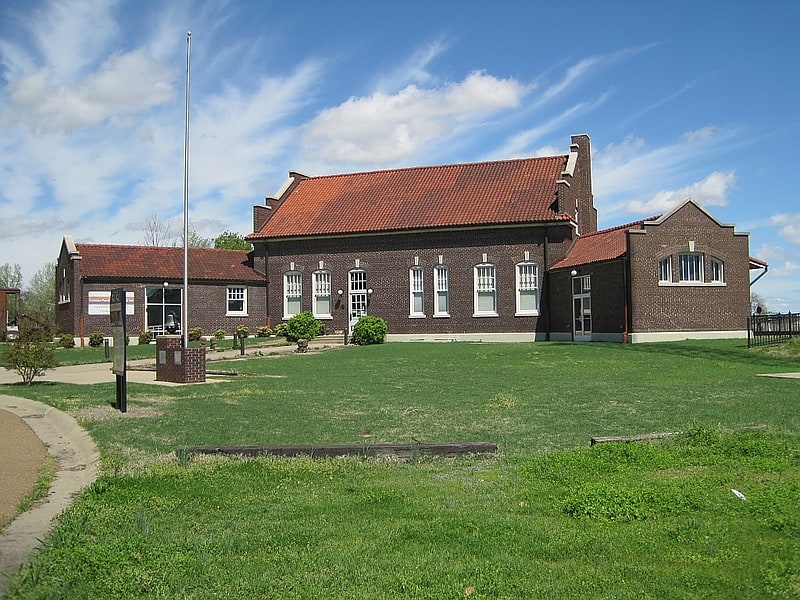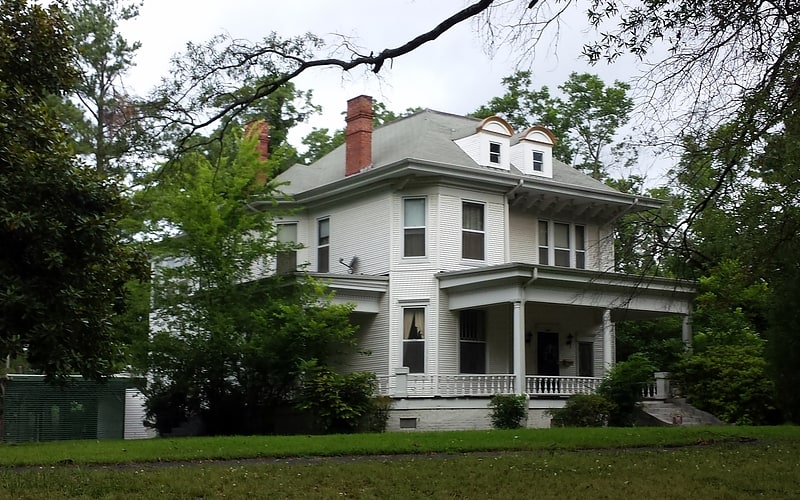Discover 6 hidden attractions, cool sights, and unusual things to do in Brinkley (United States). Don't miss out on these must-see attractions: St. John the Baptist Catholic Church, Mount Zion Missionary Baptist Church, and Lick Skillet Railroad Work Station Historic District. Also, be sure to include Lo Beele House in your itinerary.
Below, you can find the list of the most amazing places you should visit in Brinkley (Arkansas).
Table of Contents
St. John the Baptist Catholic Church

Church in Brinkley, Arkansas. St. John the Baptist Catholic Church is a historic church at the junction of New Orleans and W. Ash Street, SW corner in Brinkley, Arkansas. It was listed on the National Register of Historic Places in 1992.[1]
Address: 203 W Ash St, 72021-3201 Brinkley
Mount Zion Missionary Baptist Church

Church in Brinkley, Arkansas. Mount Zion Missionary Baptist Church is a historic church at 409 S. Main Street in Brinkley, Arkansas. It is a red brick building with front facing gable roof, and a pair of square towers flanking the main structure. The left tower is slightly taller, an intentional element of the design that was maintained when one tower had to be shorted by removal of its belfry. The towers are joined by a three-bay porch sheltering the building's main entrance. The church was built in 1909 for an African-American congregation established in 1886, and has been a major cultural focus for that community since.
The building was listed on the National Register of Historic Places in 1986.[2]
Address: W. Elm st, 72021 Brinkley
Lick Skillet Railroad Work Station Historic District

Railroad station. The Lick Skillet Railroad Work Station Historic District is a historic district in Brinkley, Arkansas that was listed on the National Register of Historic Places in 1992.
It includes the former Brinkley Union Station located at the site of the former crossing of the Rock Island and Cotton Belt railroads in Brinkley, Monroe County in eastern Arkansas. In addition to the Rock Island and Cotton Belt, the station also served branchline trains of the Missouri Pacific.
It also includes Rusher Hotel, also known as Great Southern Hotel.[3]
Lo Beele House

The Lo Beele House is a historic house at 312 New York Avenue in Brinkley, Arkansas. It is a 2+1⁄2-story American Foursquare house, with a hip roof, pierced at the front by a pair of round-topped dormers. A single-story porch extends across most of the front, with a low balustrade with turned balusters and square posts. A smaller porch stands on the side, with similar styling. The house was designed by Arkansas architect Charles L. Thompson, and was built about 1910.
The house was listed on the National Register of Historic Places in 1982.[4]
Gazzola and Vaccaro Building

Building in Brinkley, Arkansas. The Gazzola and Vaccaro Building is a historic commercial building at 131–133 West Cypress in Brinkley, Arkansas. It is a two-story brick structure, with a flat roof fronted by a broad curved parapet. The horizontal banding of windows and decorative elements above are indicators of the Prairie School of design. The building was designed by architect Charles L. Thompson and completed in 1916; it is an imposing presence and the small city's most sophisticated architectural building.
The building was listed on the National Register of Historic Places in 1982.[5]
William Black Family House

The William Black Family House is a historic house at 311 West Ash Street in Brinkley, Arkansas. Built in 1895, this two-story wood-frame house is one of the finest examples of Queen Anne architecture in eastern Arkansas. It has asymmetrical massing, and numerous projections, towers, and porches characteristic of the style. Its siding includes different shaped shingles and clapboarding, and decorative vergeboard in some of its gables. The front porch has turned posts and balustrade, and a delicate spindlework arch in one of its bays. It was built for the widow of William Black, a prominent local businessman, politician, and veteran of the American Civil War.
The house was listed on the National Register of Historic Places in 1976.[6]